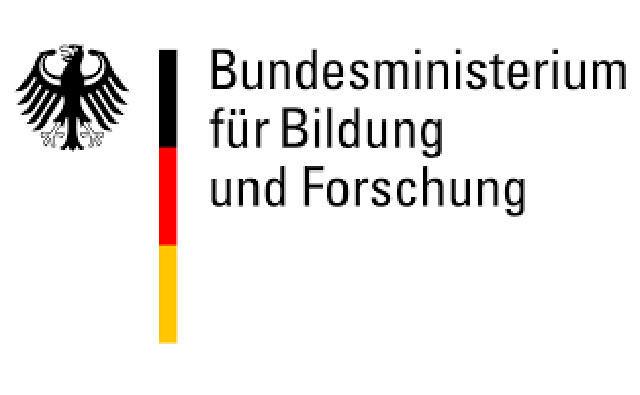
One important driver of the continued development of microchips is the Internet of Things (IoT). These applications should imperceptibly assist people in the future, without causing distractions or attracting attention. The embedded computers required for this must have especially long service lives and are becoming ever smaller. Energy-efficient base technologies are just as important for this as components that consume low amounts of power while delivering high performance. This outstanding level of energy efficiency is key for broad utilization of the Internet of Things. It also offers the opportunity to make use of new, miniaturized electronic systems thanks to falling costs.
Solution approach
New technologies are required in order to develop such small and energy-efficient systems and components. The goal of PRIME (Ultra-Low PoweR TechnologIes and MEmory architectures for IoT) is to create an open platform for the design of chips for ultra-low-power IoT applications. This is based on manufacturing technologies for chips in the European FD-SOI technology (Fully Depleted Silicon On Insulator) and should make advantages such as low energy consumption, high performance and reduced costs available on a broad basis. The project partners are planning to achieve energy savings of up to 70 percent by developing an FD-SOI technology at the 22 nm scale that is characterized by the especially good performance of the digital transistors.
Within the scope of the project, Fraunhofer IIS/EAS is concentrating primarily on sensor/actuator interactions that are typical of IoT applications. The researchers are developing new system architectures and mixed-signal circuit concepts, which will then be made available as flexible IP libraries. In addition, they are working on the implementation of reusable and reliable analog IPs. With these, users can employ the same design data for different application scenarios.
 Fraunhofer Institute for Integrated Circuits IIS, Division Engineering of Adaptive Systems
Fraunhofer Institute for Integrated Circuits IIS, Division Engineering of Adaptive Systems
